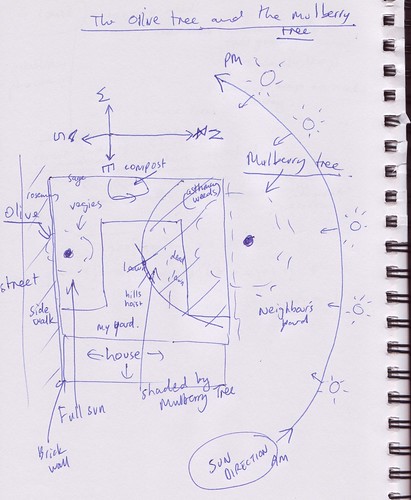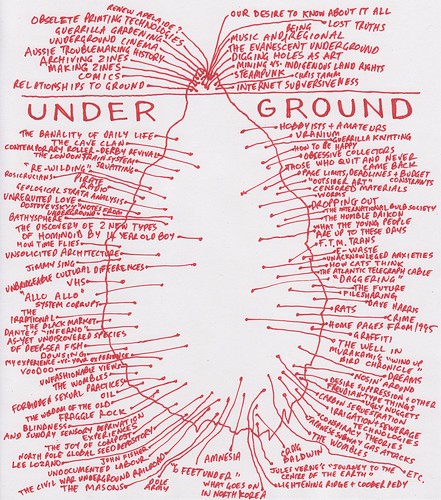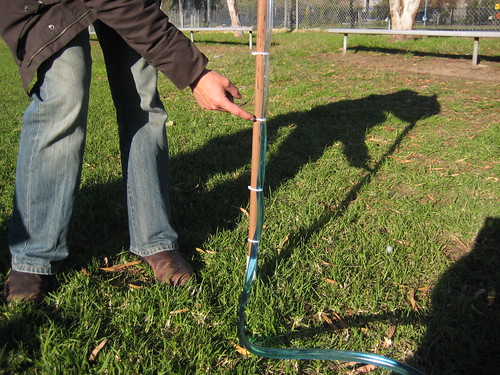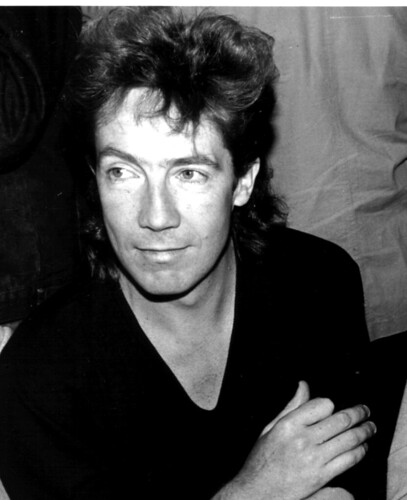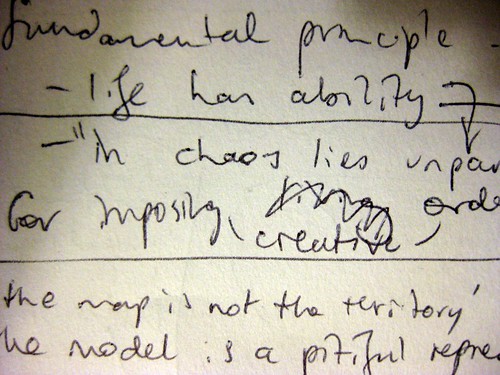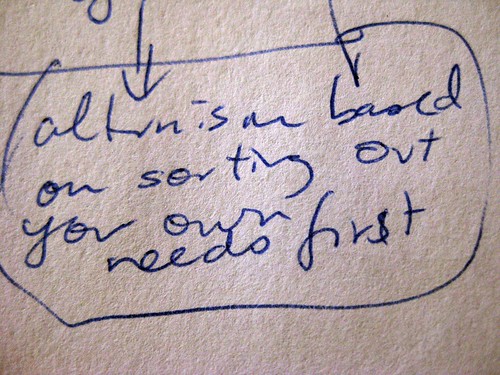This week’s Permaculture course theme was Aquaculture. I’m sure, like me, other students were captivated by the possibilities of introducing fishy and watery elements into our design systems, and seeing what you can do with old bathtubs. We were also struck with great fear around the farming methods for Tasmanian salmon.
Often after class I think about how some of the things I’ve learned could be applied to my Dad’s piece of land: a 5 acre block in the Hunter Valley, half “bush” with a small dam, half house site with lawn.
Last night I dreamed I was visiting Dad. He and I were talking about his dam. I was telling him he had to throw a bale of lucerne hay into it as well as some reeds and other pond weed seeds, and put in some yabbies – to try to get it producing some food.
In my waking life, I’m always wary of how much Permaculture propaganda to dump on Dad – I don’t want to overwhelm him with too much “Nick Says This is What You Should Do”; and I’m conscious that Permaculture is still (mis)perceived as quite “herbal” to some old fashioned and highly rational folks.
In my dream, we were walking around his dam, with fishing rods. There were big fish in there, we could see them swimming under the water. We were stunned and delighted. Suddenly we noticed a huge fish embedded in the sand near the dam, slowly breathing, stranded on dry land. We leaned in close to look at it. Dad reached down to pick it up. It made a “meow” sound like a cat. From this we knew it was a catfish, although it looked more like a large barramundi. I warned him to be careful, as catfish have poisonous spines.
Dad laid the catfish on a chopping board and took out a very large sharp knife. He was about to cut into it, but first he decided to feed the catfish some small baitfish that he had there – like whitebait or something. The catfish was still alive and gobbled up the small bait. I felt quite squeamish about this: it felt cruel, like the last meal of a condemned man. I knew that the big fella was soon to be sliced up himself.
And indeed, that’s what Dad did next, sinking the knife into the fat flesh behind the gills. The catfish bled profusely, deep red bloody meat spilling onto the unvarnished wooden porch of his house in the Hunter Valley.

